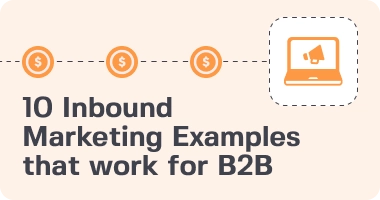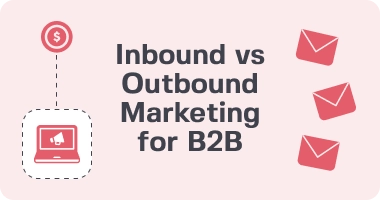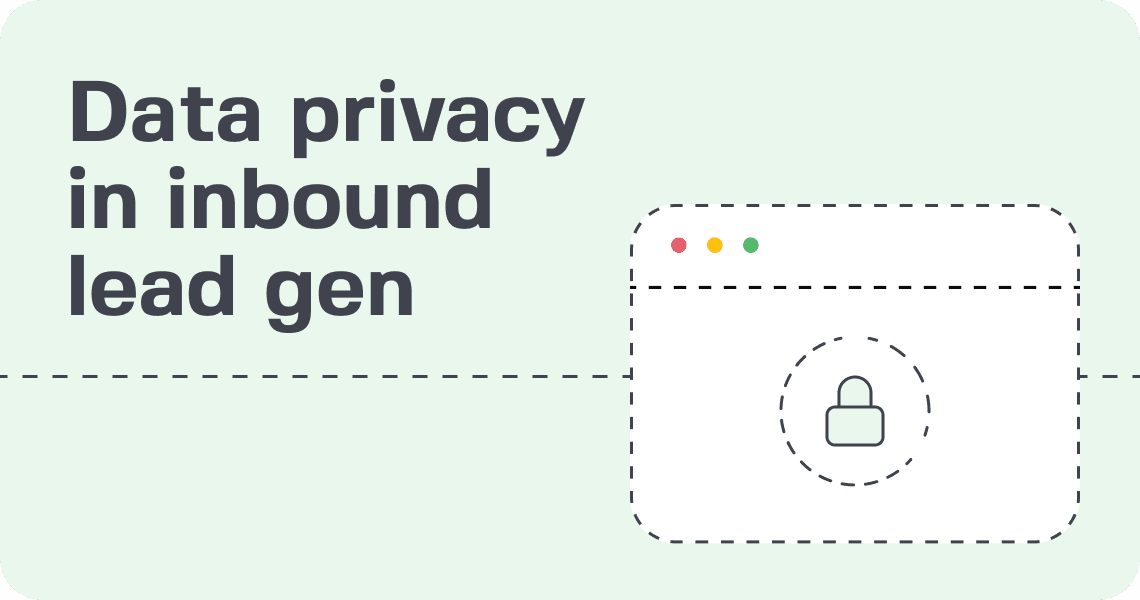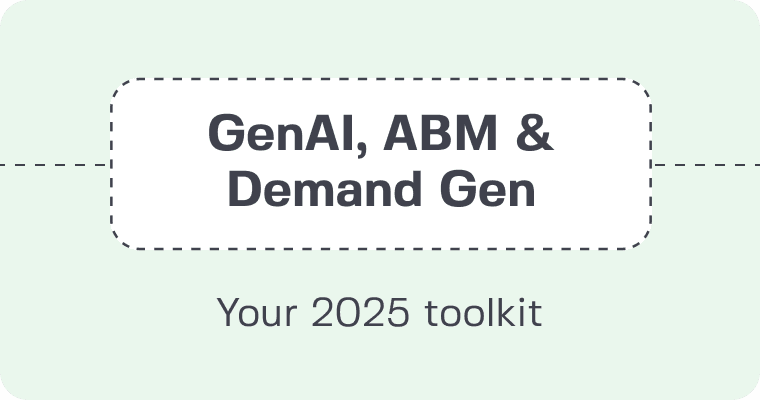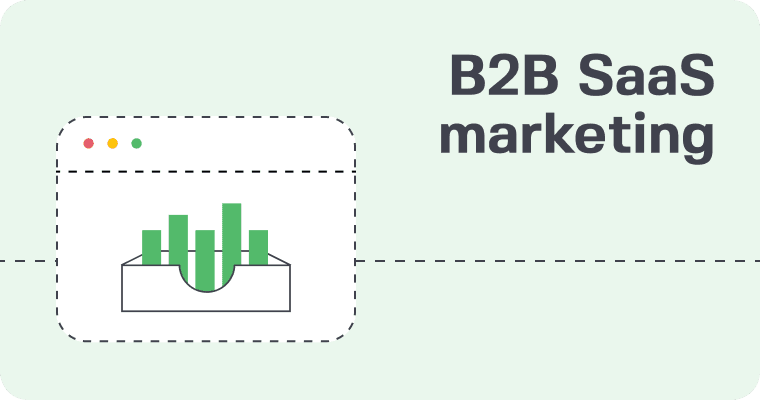Summer is just around the corner and with it comes a host of opportunities and challenges for B2B marketers. The impact of seasonal changes on business operations and consumer behavior cannot be overlooked. Regardless of whether a business operates seasonally or not, understanding the seasonality of demand is crucial for achieving high sales. By realistically assessing the seasonality of demand, businesses can adjust their budget expenditure, promotion, and communication strategies to align with a particular season or holiday.
Understanding Business Seasonality
Business seasonality refers to the fluctuation in demand for products and services based on the time of year. It’s a critical factor to consider when developing a B2B marketing strategy, as understanding the seasonality of your industry can help you adjust your marketing efforts accordingly. Failure to account for seasonality can result in wasted resources and missed opportunities.
By understanding when your target audience is most likely to need your product or service, you can adjust your marketing efforts to target them effectively.
Types of business seasonality
Customers’ activity may be observed for only one to two weeks around certain holidays or persist for several months at different times of the year. Then there are also goods that are in demand throughout the year. Depending on the type of seasonality, there are three possible effects on demand:
- Moderate — Maximum decline in demand reaches 10%-20%.
- Significant — A drop of 30%-40% is achieved.
- Rigid — Demand falls by 50%-100%.
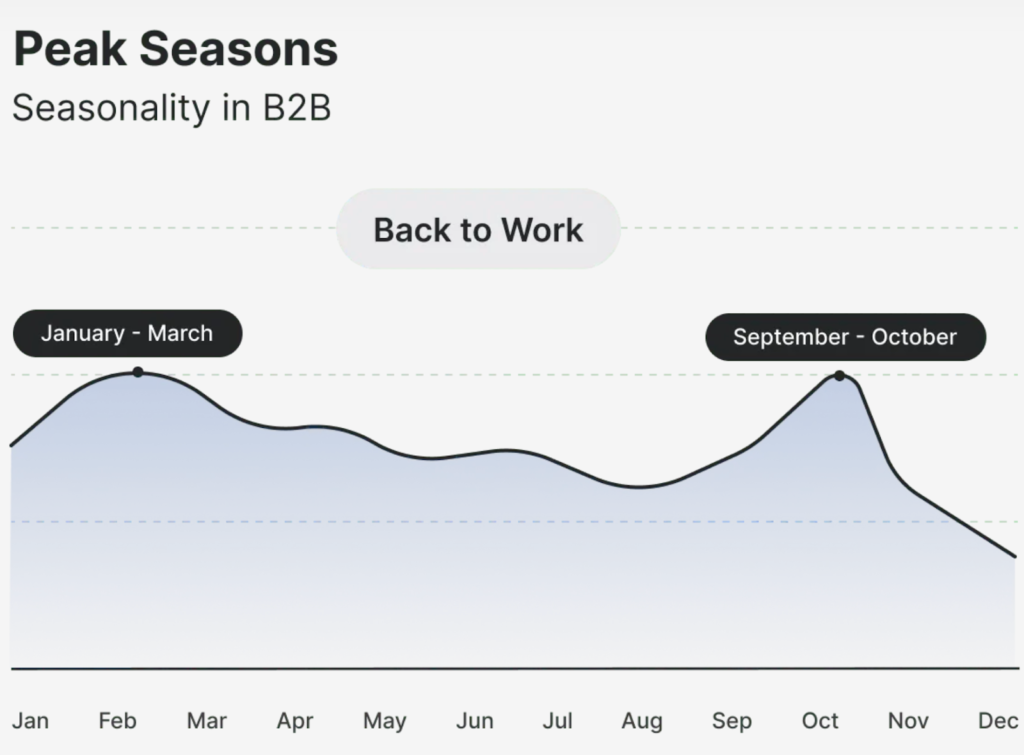
Maximizing Business Seasonality: Tips for Succeeding in the Summer Season
Now that you understand the importance of business seasonality in B2B marketing, it’s time to learn how to use it to your advantage. The summer season is a particularly lucrative time for businesses, and here are some tips to help you make the most of it:
Focus on edutainment (entertain & educate)
During the summer season, customers are looking for a more relaxed and engaging experience. Businesses can capitalize on this by focusing on edutainment – a combination of education and entertainment. This can be achieved by creating content that informs and entertains customers, such as hosting webinars, producing educational videos, and creating engaging social media posts.
Nurture BoF leads
Businesses should prioritize nurturing their BoF (Bottom of the Funnel) leads during the summer season. These are the leads that are closest to making a purchase decision, and businesses should focus on providing them with personalized content that speaks to their needs and concerns.
Mid-year review
The summer season is a great time for businesses to conduct a mid-year review of their marketing strategies. This can include analyzing their campaigns, reviewing their budget, and assessing their ROI. A mid-year review can help businesses make necessary adjustments and ensure that they are on track to meet their annual goals.
Plan for intensive fall campaigns
While the summer season may be a slower period for some businesses, it’s important to plan ahead for the fall season, which can be a busy and highly competitive time. Businesses should start planning and preparing for their fall campaigns during the summer season, which can include developing new products or services, launching promotions and deals, and creating engaging content to attract customers.
By following these tips, you can take advantage of the summer season’s opportunities and increase your sales and profits. Remember, the key to success in B2B marketing is understanding and utilizing business seasonality to your advantage.
To better understand the B2B industry and avoid all its pitfalls, you can turn to 42DM and take your business to the next level.


